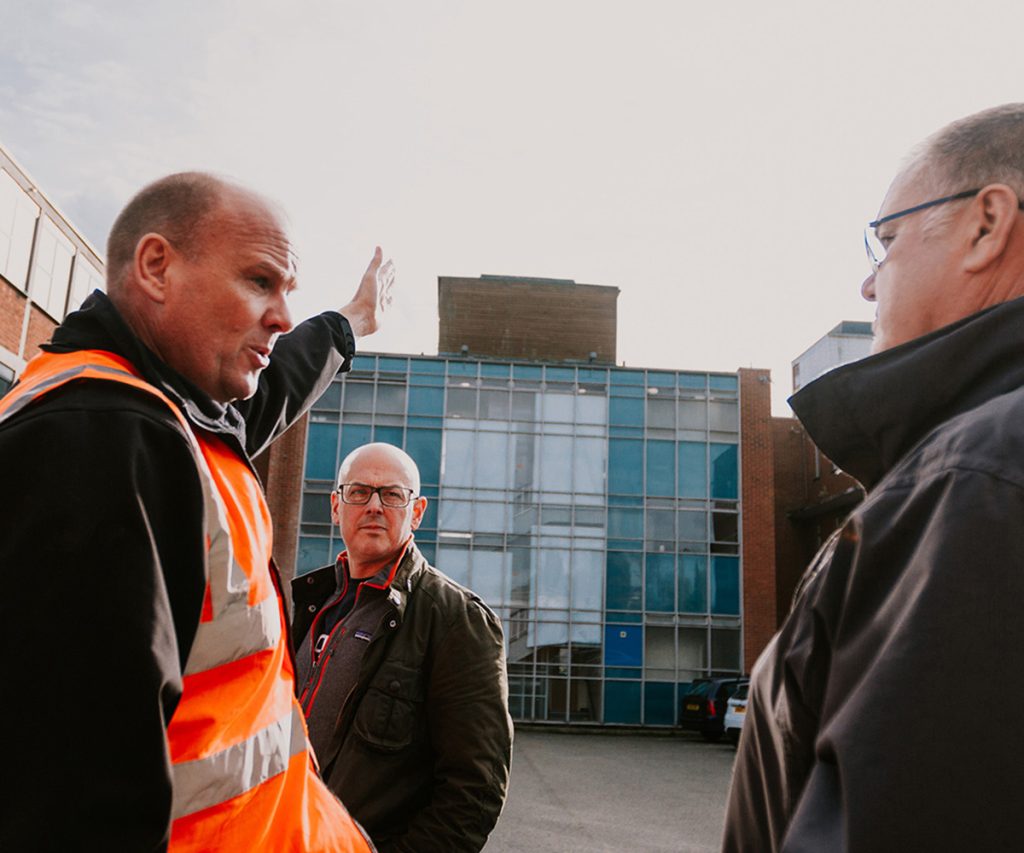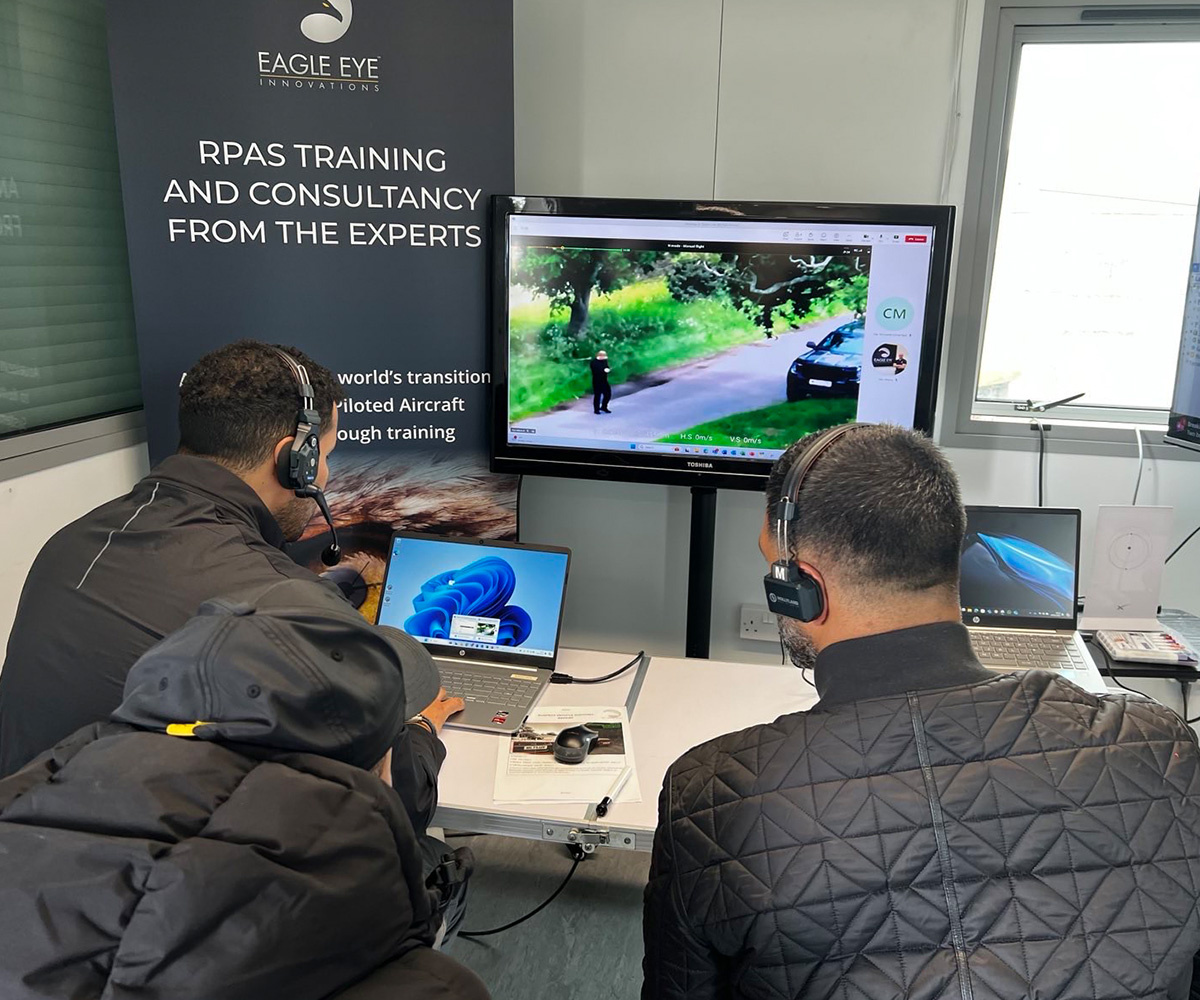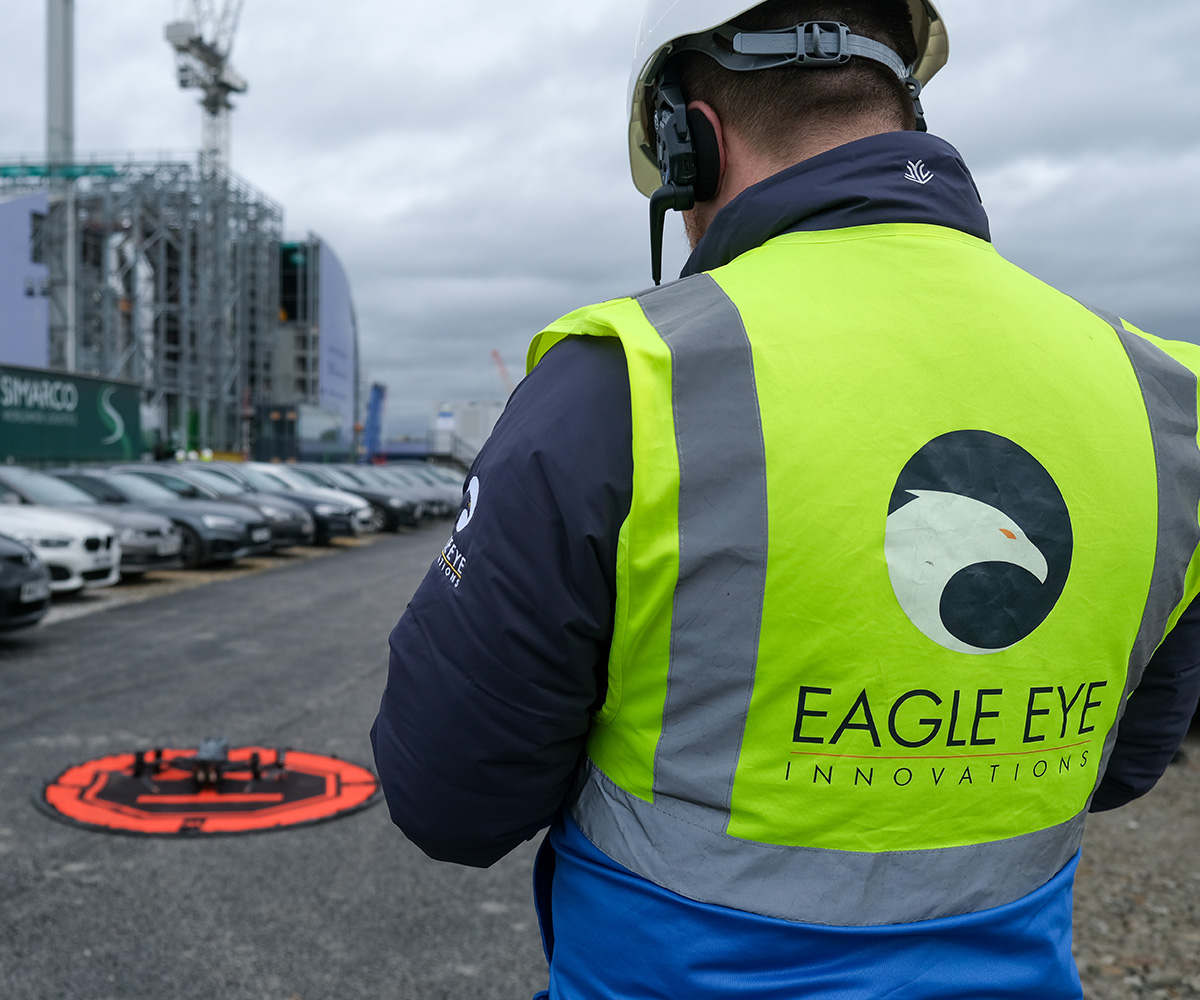
Learn about Eagle Eye Innovations and the people at the heart of the organisation.


In the rapidly evolving landscape of technology, drones have emerged as versatile tools, transforming various industry sectors, particularly the utilities sector. Drones have fast become one of the best ways of improving health and safety on site, but in order to do so effectively, it is imperative that you have the appropriate drone training and qualifications to operate a drone in hazardous locations.
Traditionally, inspecting vast networks of powerlines, pipelines, and bodies of water have always required significant time, resources, and manpower. However, drones now offer a more efficient alternative.
One of the main benefits of using drones in the utilities industry is the reduced risk for the safety of workers. Drones reduce the need for manual inspections in dangerous environments. Instead of sending personnel into potentially unsafe environments, utility companies can deploy drones to assess infrastructure remotely.
Drones also improve efficiency and integrating them into asset management practices saves time, money and improves productivity. They enable tasks such as wind turbine inspections, water inspections and other inspection jobs and operations to be completed at a much quicker rate without sacrificing accuracy and quality.
By providing accurate, real-time data on the condition of infrastructure assets, drones enable companies to prioritise maintenance activities, optimise resource allocation, and extend the lifespan of critical equipment.
This real-time data also allows for rapid response in emergency situations such as natural disasters or service outages, providing wide, and accurate, situational awareness to utility companies and emergency responders. This rapid response enables faster decision-making, more effective resource allocation, and ultimately, quicker restoration of essential services to impacted communities.
Drone operators can be costly when hired through an external company, which is why it’s important to have professionally trained drone pilots within your workforce, allowing you to widen your internal capabilities.
Want to learn how to become a drone pilot and improve on site operations and safety? Our Zeta drone training course is ideal for you.
Training

Eagle Eye Innovations (EEI) recently concluded an intensive training program for a group of international military personnel, focusing on the operation, maintaining, and tactical use of Remotely Piloted Aircraft Systems (RPAS) under 25kg. With classroom, synthetic, and live training elements,... Read more
Training

We have been working with Kent Police to provide their officers with Emergency Services tailored drone training. Find out more about what that entailed...
Training

The construction industry operates in a dynamic environment characterised by tight deadlines, complex project requirements, and stringent safety regulations. But how can drones revolutionise onsite operations and safety?
Training

Keeping farms and agricultural sites safe is becoming increasingly important, especially as we head towards the warmer summer months. But always keeping such large areas of land safe traditionally requires increased manpower, spending on security systems and time that those... Read more
Training

Fly-tipping has been an ongoing issue for local councils, costing both time and money to locate and report problem areas. But how can drones be used to help councils monitor these areas and protect the landscape?
Training

Drones are revolutionising various aspects of the UK rail industry, from infrastructure inspections and drone mapping for railways, to emergency repair response. But what are the benefits?